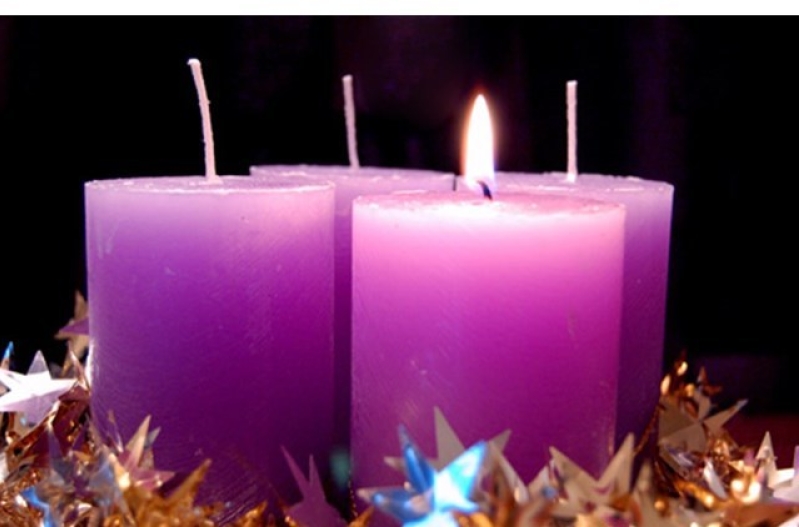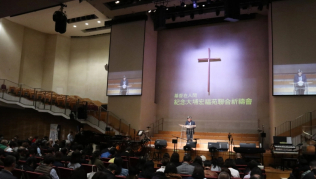
Followers of Western Christianity typically begin The Advent season on the Sunday nearest St. Andrew's Day; in the case of 2015, it is Nov. 29. Advent's length varies each year, from 22 to 28 days, ending on Christmas Day. For Eastern Orthodox churches, whose congregants use the Julian calendar, Advent begins earlier, on Nov. 15, and lasts 40 days rather than four weeks. Advent is also known as the Nativity Fast in Orthodox Christianity.
Diana Gabaldon, New York Times bestselling author of the popular Outlander novels, said Advent is a "time of waiting, and of preparation. Of contemplation — of what is past, and what is to come. During Advent, we make wreaths, made of leaves or evergreens, with four candles, and we light one candle for each of the four Sundays leading up to Christmas. Today is the first Sunday of Advent. May your candle burn quiet in the dark, and may you be at peace."
The word "advent" comes from the Latin "adventus" meaning "arrival" or "coming," particularly of something having great importance.
Advent is a time of hoping, of renewing our trust in God's merciful love and care, and of reflecting on the several comings (advents), of Christ in our lives, reminds Vatican Radio. "Besides his first coming at his birth, we are asked to reflect on Christ's coming as the risen Lord at Easter, in the sacraments (especially the Eucharist), in our everyday lives, at the moment of death, and at the end of human history (the second coming). The Church invites us to join a pilgrimage of faith by showing us a prophetic vision of Christ's first coming (advent), through the prophecy of Jeremiah, his glorious Second Coming through the gospel selection from Luke, and his daily coming into our lives here and now through the second reading.
The days of Advent are "joyful and prayerful anticipation of Jesus' coming," states the Vatican, because this season is intended to fill people with great expectations of the coming of the Messiah just as parents expectantly wait for the birth of their child and make preparations for receiving the child into their family. "We know that all valuable things in life — a healthy child, a loving marriage relationship, a work of art, a scientific discovery — need a period of quiet incubation."
Purple is historically the main color used for Advent because it reflects penitence, fasting, and the color of royalty to welcome the Advent of the king (Jesus Christ). The focus of the entire season is the celebration of the birth of Jesus the Christ in his first Advent, and the anticipation of the return of Christ the King in his second Advent. Some churches use other colors in recent times. For example, some churches mark the third Sunday of Advent with pink or rose, colors that represent joy. Many Protestant churches use blue to distinguish the Season of Advent from Lent.
Advent wreaths are symbolic of Advent. They often are made of fir and decorated with gold and silver ribbons or scarlet woolen threads. Lit wreaths often are displayed on the table where family and friends sit while singing carols and preparing handmade gifts.
Christianity expert Mary Fairchild states Advent is primarily observed in Christian churches that follow an ecclesiastical calendar of liturgical seasons to determine feasts, memorials, fasts and holy days: Catholic, Orthodox, Anglican / Episcopalian, Lutheran, Methodist and Presbyterian.
Advent is believed to have started sometime after the 4th century.







